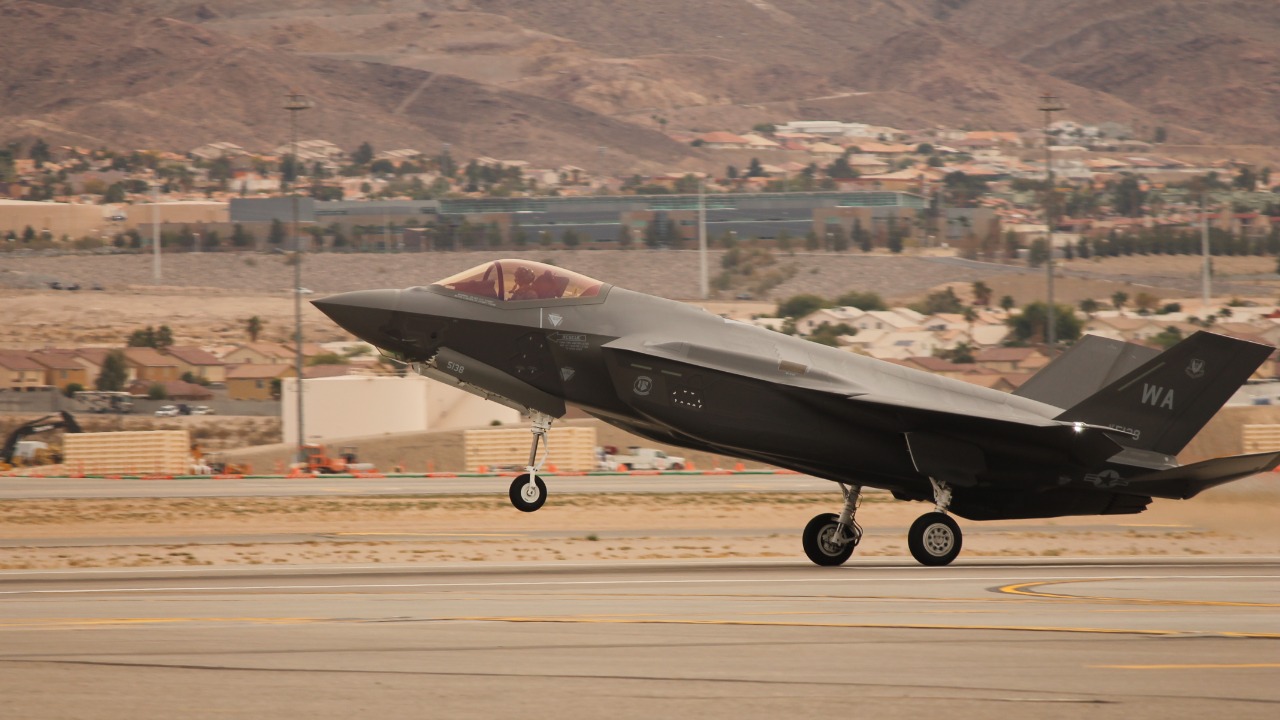
Experienced US Navy aviators have identified the F-35C Lightning II as the most challenging jet to land on an aircraft carrier. The jet’s unique aerodynamic profile and advanced flight control systems require precise handling during high-stakes deck approaches, particularly on vessels like the USS Harry S. Truman, where turbulent conditions underscore the jet’s unforgiving nature. In contrast, emerging systems for jets like China’s J-36 are designed to mitigate similar landing perils through innovative design.
The Unique Challenges of the F-35C
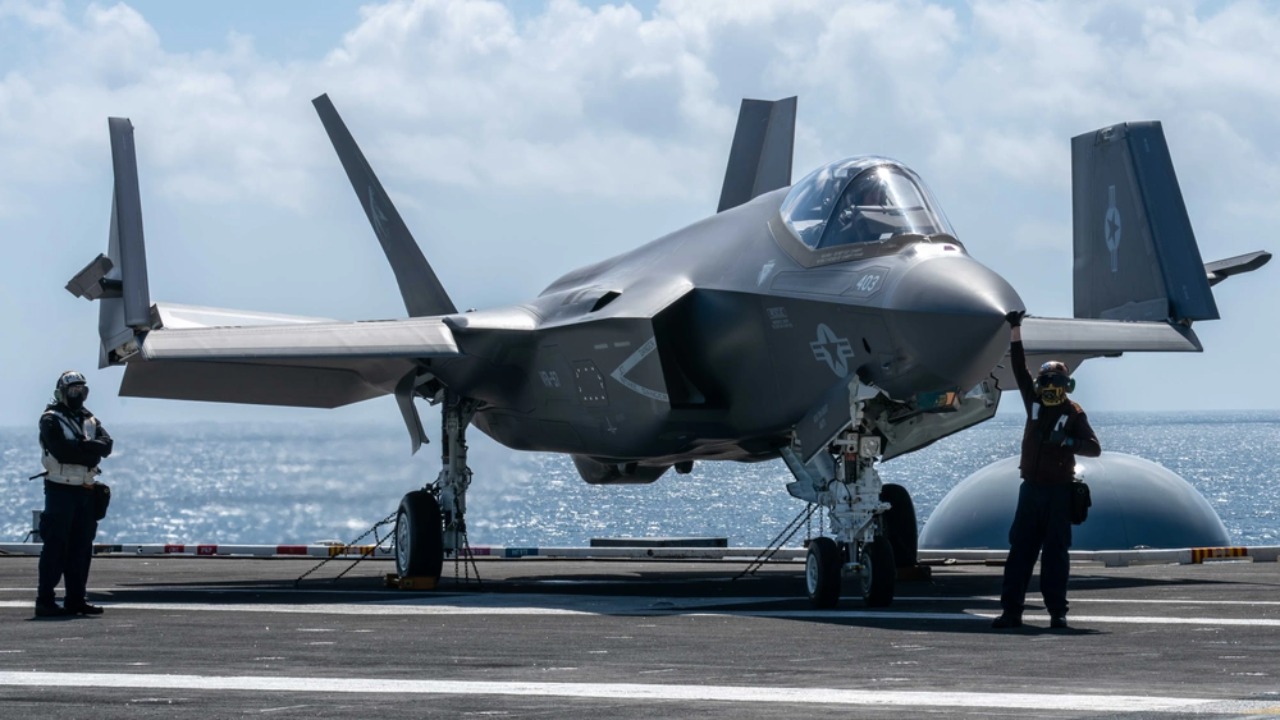
The F-35C’s larger wingspan and higher stall speed compared to legacy jets complicate the tight landing window on a carrier deck. Aviators must maintain exact airspeed and angle of attack, a task made more difficult by the jet’s stealth design and heavier landing weight, which contribute to a narrower margin for error during the “perilous dance” of arrested landings (Eurasian Times).
The F-35C’s fly-by-wire system plays a significant role in these challenges. It demands split-second corrections, making the jet less forgiving than predecessors like the F/A-18 (Task & Purpose). This system, while advanced, adds another layer of complexity to the already demanding task of landing on a carrier deck.
Aviator Perspectives on Landing Difficulty
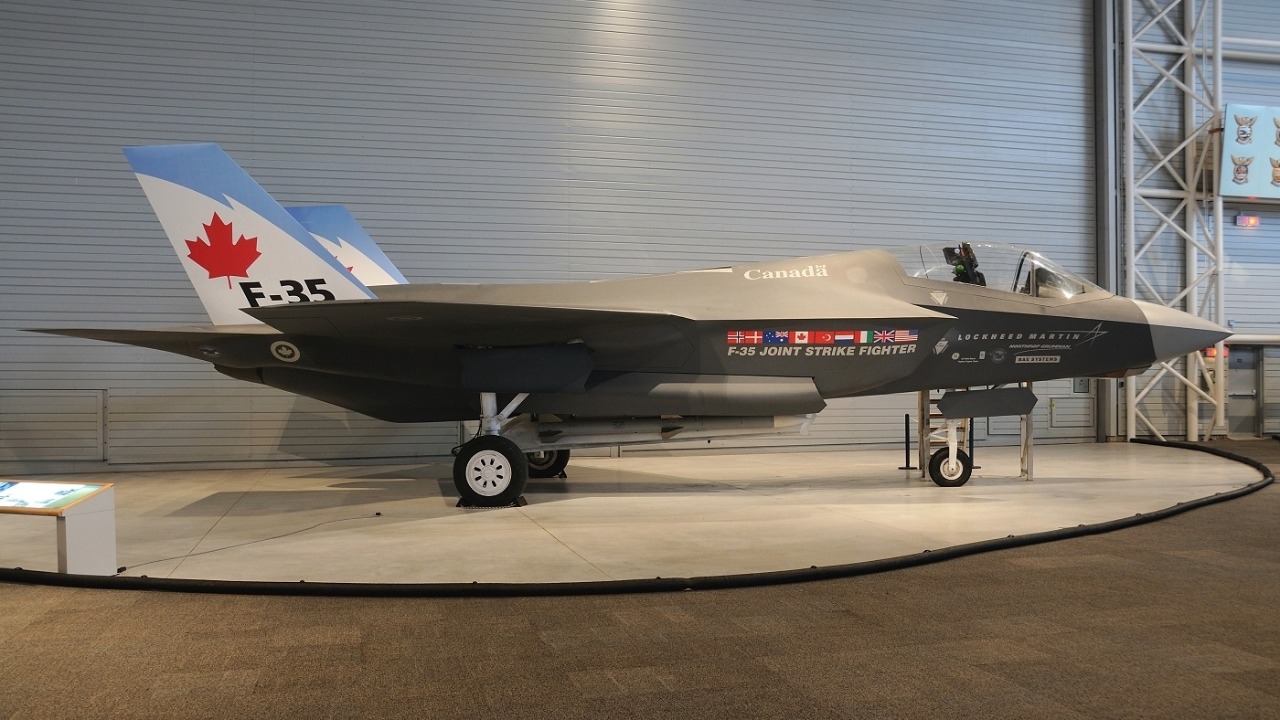
Navy pilots describe the F-35C’s approach as the “most mentally taxing” due to its sensitivity to crosswinds over the carrier deck (Yahoo News). Night operations on carriers like the USS Harry S. Truman have seen near-misses, emphasizing the jet’s requirement for flawless execution (National Security Journal).
When compared to other jets, the F-35C’s advanced avionics can sometimes override pilot instincts in high-pressure scenarios. This can lead to a disconnect between the pilot and the aircraft, further increasing the difficulty of landing (Task & Purpose).
Technical Demands of Carrier Operations
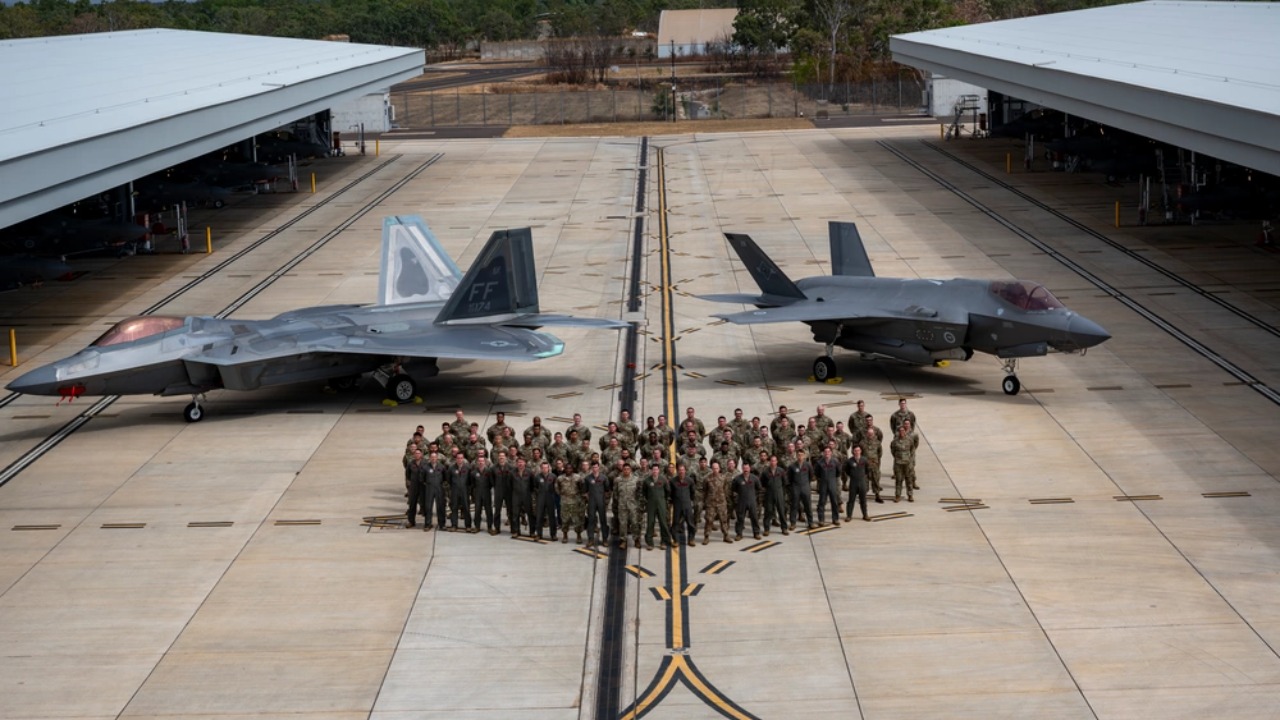
The physics of carrier landings are complex, requiring the F-35C to achieve a precise touchdown speed within a limited deck space. The jet’s tailhook and landing gear are optimized for the Navy’s catapult-assisted takeoff but barrier (CATOBAR) system, yet still pose risks in wave-off scenarios (Yahoo News).
International parallels can be drawn with China’s J-36 stealth jet. Its landing system was recently unveiled to address sixth-generation carrier integration challenges, highlighting the global nature of these technical demands (South China Morning Post).
Training and Qualification Requirements
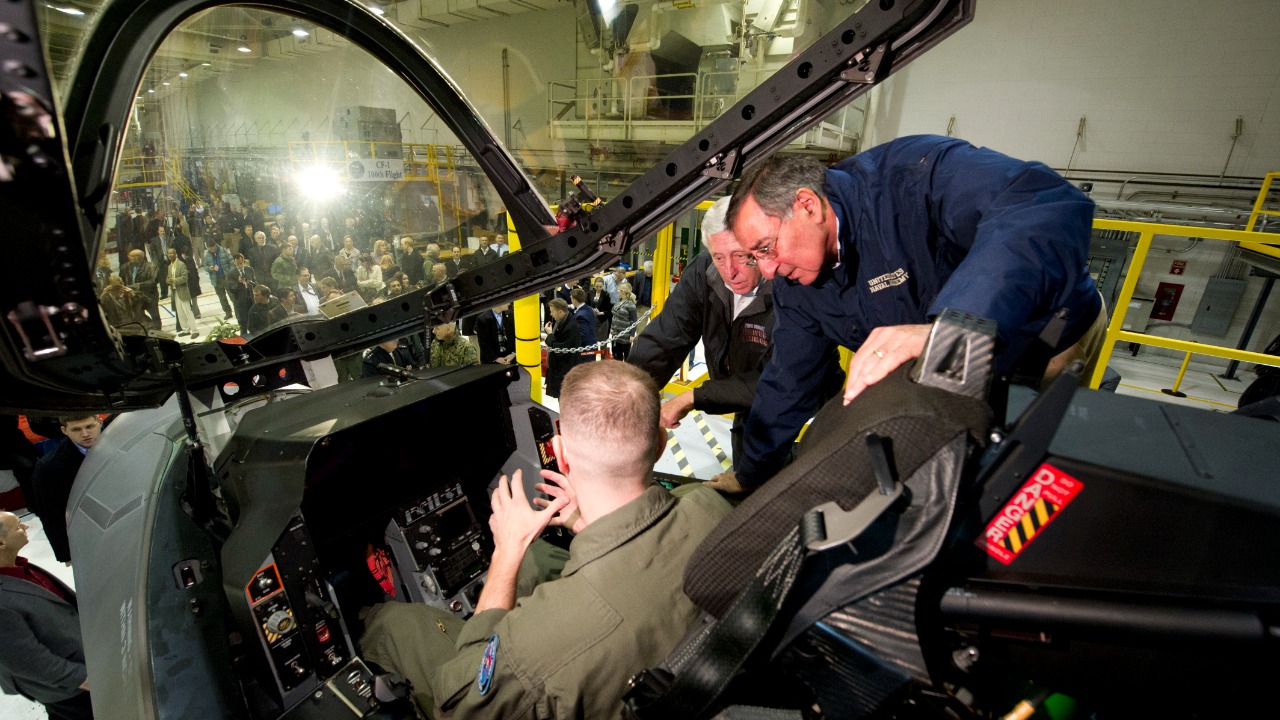
The training regimen for F-35C pilots is intense, including over 100 simulated carrier landings before qualifying. This far exceeds requirements for other Navy jets (Task & Purpose). Virtual reality and live carrier qualifications on ships like the USS Harry S. Truman are used to build proficiency in the jet’s demanding hook-and-wire engagements (National Security Journal).
Aviators must also adapt to the F-35C’s auto-throttle limitations, which can lead to higher bolter rates during initial qualifications (Yahoo News). These challenges highlight the demanding nature of the F-35C’s operation.
Comparisons to Other US Navy Jets
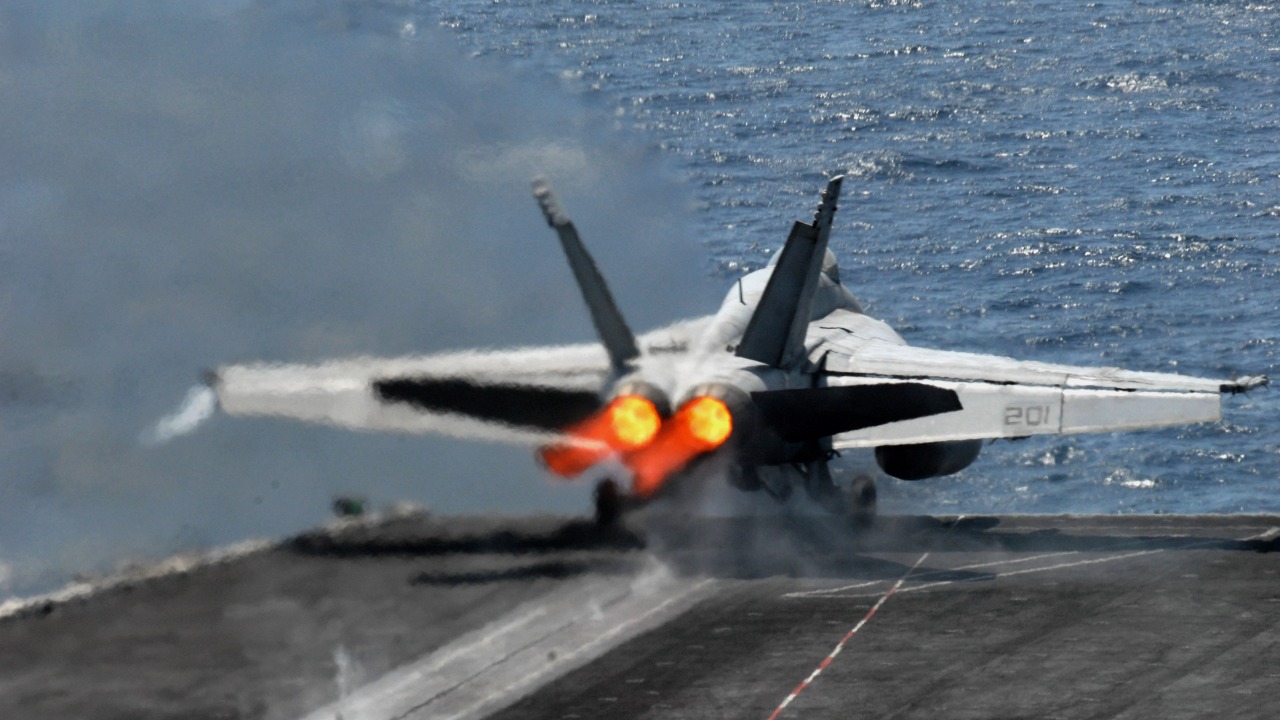
The F-35C’s landing profile is often compared to the F/A-18E/F Super Hornet, which aviators rate as less difficult due to its more predictable handling and lower approach speed (Yahoo News). Legacy jets like the F-14 Tomcat, with its variable-sweep wings, once posed similar but outdated challenges, now surpassed by the F-35C’s complexity (Task & Purpose).
Global developments, such as the J-36’s “perilous” carrier trials, underscore why the F-35C remains uniquely tough for US aviators (Eurasian Times).
Evolving Solutions and Future Outlook
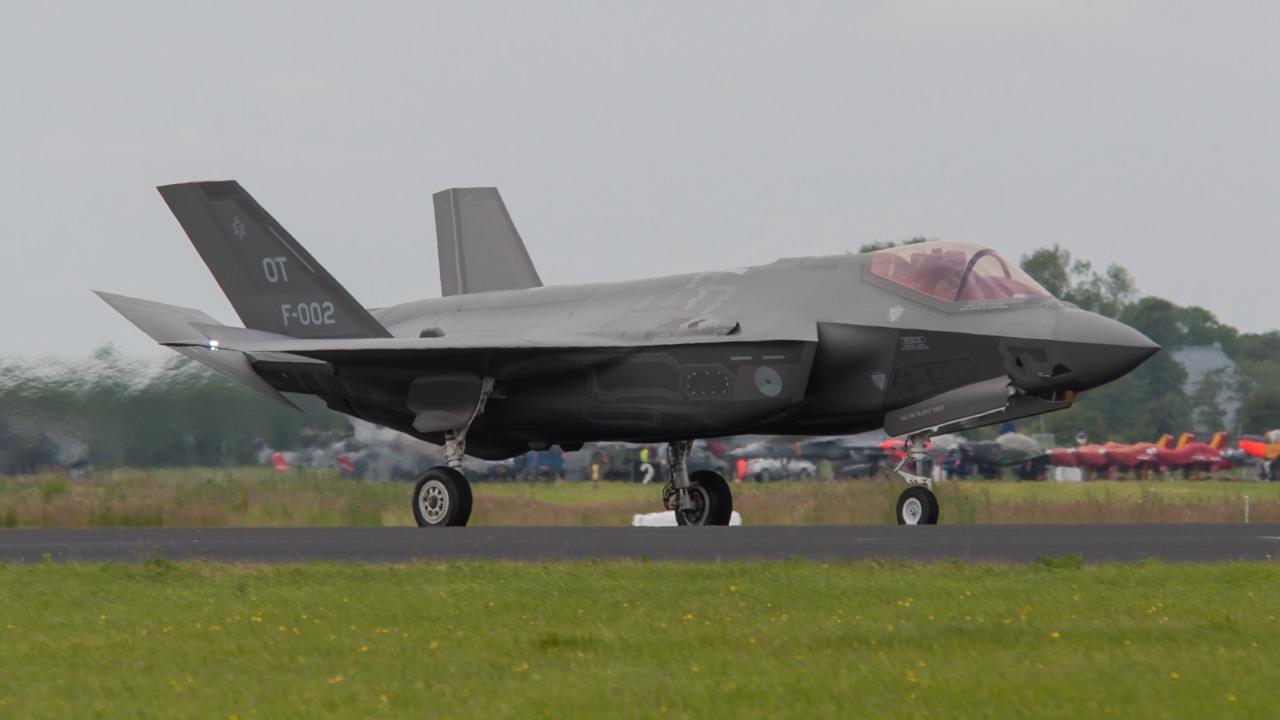
Ongoing upgrades to the F-35C’s software aim to improve carrier compatibility and reduce the learning curve for new pilots (Yahoo News). Carriers like the USS Harry S. Truman are incorporating deck modifications to accommodate the jet’s larger footprint during high-tempo operations (National Security Journal).
Looking to the future, sixth-generation influences, including China’s J-36 advancements in automated landing aids, could inspire US Navy improvements (South China Morning Post). As technology evolves, so too will the methods and techniques used to land these advanced jets on aircraft carriers.